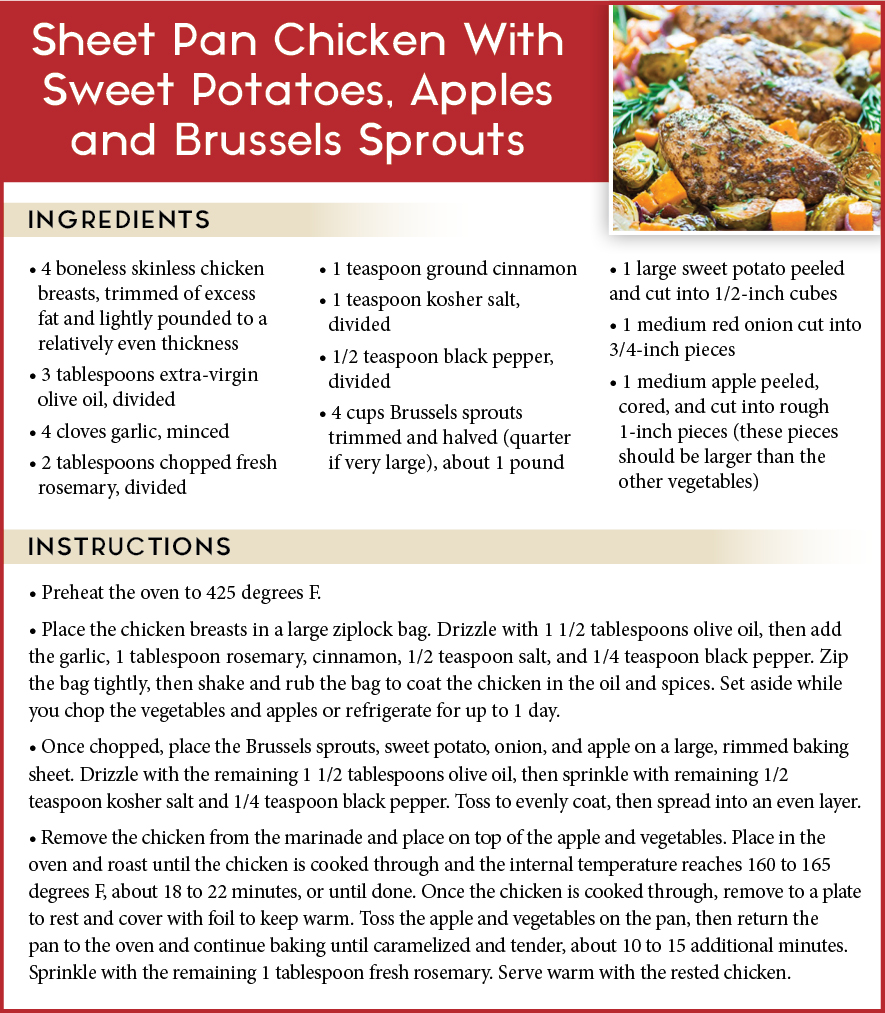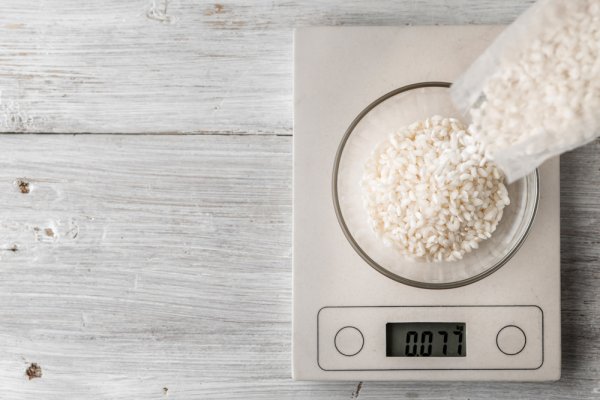Hello my Foodie Friends!
January: The notorious month of New Year’s resolutions is officially here! Though you can obviously plan healthy meals for every month of the year, we’re betting that eating healthy in January tops your list of priorities. If you’re trying to eat clean this month, it can be hard to know where to start. One of the definitions of the word Resolution is: a promise to yourself that you will make a serious effort to do something that you should do. Though it’s a pretty well documented fact that most New Year’s resolutions fail, we keep making them—and we’re not alone. The custom of making New Year’s resolutions is most common in the West, but it happens all over the world. Losing weight, eating healthier, getting fit, improving our health, or getting back in shape are among the most popular resolutions made every New Years.
Unfortunately, this is a resolution that we tend to remake year after year. It can be daunting when your list of New Year’s Resolutions is as long as your holiday shopping list. In addition to the post-holiday slump, not being able to keep your resolutions by February, March or even late January may increase your anxiety. When your holiday decorations are packed up and stored away, the frustration of an unused gym membership or other reminders of failed resolutions can make the later winter months feel hopeless.
However, it is important to remember that the New Year isn’t meant to serve as a catalyst for sweeping character changes. It is a time for people to reflect on their past year’s behavior and promise to make positive lifestyle changes. By making your resolutions realistic, there is a greater chance that you will keep them throughout the year, incorporating healthy behavior into your everyday life. Making healthier food choices can help with improving the quality of your diet. However, regulating the size of food portions is a simple process that can help with weight loss. Weighing out food before it is eaten is a convenient method of controlling portion sizes and is something you can easily do at home with basic kitchen equipment. A digital kitchen scale helps with measuring.
A pointer to assist with weighing: Weigh out the desired portion size. According to the U.S. Department of Health and Human Services, a standard portion for most meats and fish is 3 ounces. Look for portion size information on packages and use online resources such as MyPyramid.gov to learn about the recommended portion size of other foods. Weigh the food before it has been washed or cooked. Place the plate of food on the scale. The calibrated scale will measure the weight of the food only. Remove or add more of the foods until you reach the required portion. You can remove the plate as many times as you like provided that you do not press the tally button for a second time. For Food Safety reasons, you need to wash the plate thoroughly with hot water and detergent between weighing different foods.
Keeping our Promise to scale down as a part of those New Years resolutions can require using the right tools to make it work. Stop by Compliments to the Chef, your neighborhood Kitchen and Cutlery store, located at 33 Railroad Place in Saratoga Springs to select a digital scale to assist with weighing ounces, pounds, fluid ounces, grams, and milliliters. We wish you all a happy, healthy, and fun in the kitchen year ahead. Remember my Foodie Friends: “Life Happens in the Kitchen.”
Take Care, John & Paula
